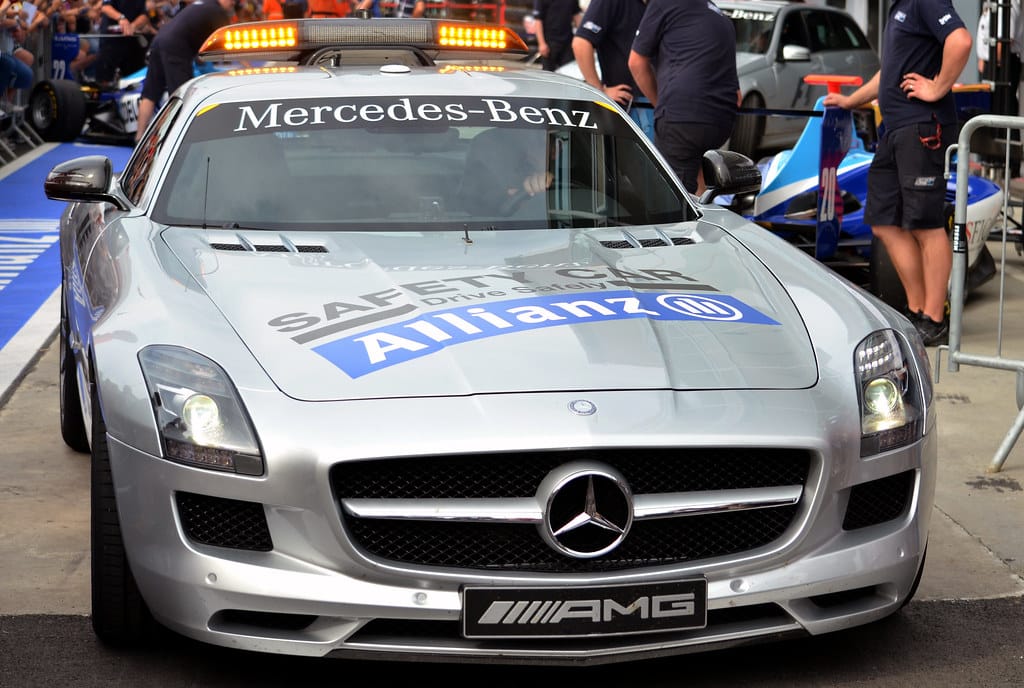The Hidden Danger in Your Driveway: Why Modern Cars Are Creating Deadly Blind Spots
Every year, dozens of children are killed and hundreds more injured by vehicles backing up or moving forward in driveways and parking lots. What's shocking isn't just the tragedy itself—it's that modern cars have made this preventable problem significantly worse than it was 25 years ago.
The Growing Problem of Forward Blind Zones
A forward blind zone is the area directly in front of a vehicle that the driver cannot see from the driver's seat. Recent studies reveal a troubling trend: these blind zones have expanded dramatically as car designs have evolved to prioritize aesthetics, fuel efficiency, and perceived safety for occupants.
According to data from Kids and Car Safety, a nonprofit organization tracking these incidents, the average forward blind zone for passenger vehicles has increased by approximately 3-4 feet since the late 1990s. For larger SUVs and trucks—which now dominate American roads—the blind zone can extend up to 15 feet in front of the vehicle.
Why Cars Have Gotten More Dangerous
Higher Hood Lines and Taller Vehicles
Modern vehicle design has shifted toward higher hood lines and taller overall profiles. This trend, driven by both aesthetic preferences and safety regulations focused on protecting adult passengers in crashes, has created an unintended consequence: smaller pedestrians, particularly children, simply disappear from a driver's view.
The Insurance Institute for Highway Safety found that the average hood height has increased by nearly 4 inches since 2000, with some popular SUV models featuring hoods that tower over 50 inches from the ground.
The SUV and Truck Boom
Twenty-five years ago, sedans and station wagons dominated family driveways. Today, SUVs and pickup trucks account for over 70% of new vehicle sales in the United States. These larger vehicles inherently create more significant blind zones due to their height and bulk.
Popular models like the Ford F-150, Chevrolet Tahoe, and Toyota Highlander can have forward blind zones extending 10-15 feet—enough to completely hide multiple children playing in a driveway.
The Human Cost
The statistics are sobering. According to the latest data:
- Approximately 50 children are killed annually in forward-motion and backup incidents
- Children aged 1-2 years represent the highest risk group
- 70% of these incidents occur in residential driveways or parking areas
- In 60% of cases, a parent or close relative is driving the vehicle
These aren't just numbers—they represent preventable tragedies that devastate families and communities. The organization KidsAndCars.org documents heart-wrenching cases where parents, thinking their driveway was clear, moved their vehicle only to discover their toddler had wandered into the blind zone.
Technology Offers Solutions, But Adoption Lags
While the problem has worsened, technology has advanced to help address it. Modern safety features like:
- Forward-collision warning systems that detect pedestrians
- 360-degree camera systems providing comprehensive views around the vehicle
- Automatic emergency braking that can stop a vehicle when obstacles are detected
- Front and rear parking sensors that alert drivers to nearby objects
However, these technologies aren't standard across all vehicles, and many existing cars on the road lack these safety features entirely.
What Drivers Can Do Now
Simple Prevention Strategies
The most effective prevention remains low-tech awareness:
- Walk around your vehicle before getting in, every time
- Know where children are before moving your car
- Create and enforce "safe zones" where children must stand when vehicles are moving
- Install convex mirrors on garage walls to expand visibility
When Shopping for Vehicles
Consider blind zone size as a safety factor when purchasing a vehicle. Test sit in the driver's seat and evaluate sight lines, especially if you have young children. Prioritize vehicles with comprehensive safety technology packages.
A Call for Industry Action
The automotive industry has made remarkable strides in protecting vehicle occupants, but the time has come to prioritize the safety of those outside the vehicle as well. As we continue to embrace larger vehicles, manufacturers must innovate to eliminate—not expand—these dangerous blind zones.
Until comprehensive solutions become standard, awareness remains our best defense. In the split second it takes to check your surroundings, you could save a life—possibly that of your own child.
